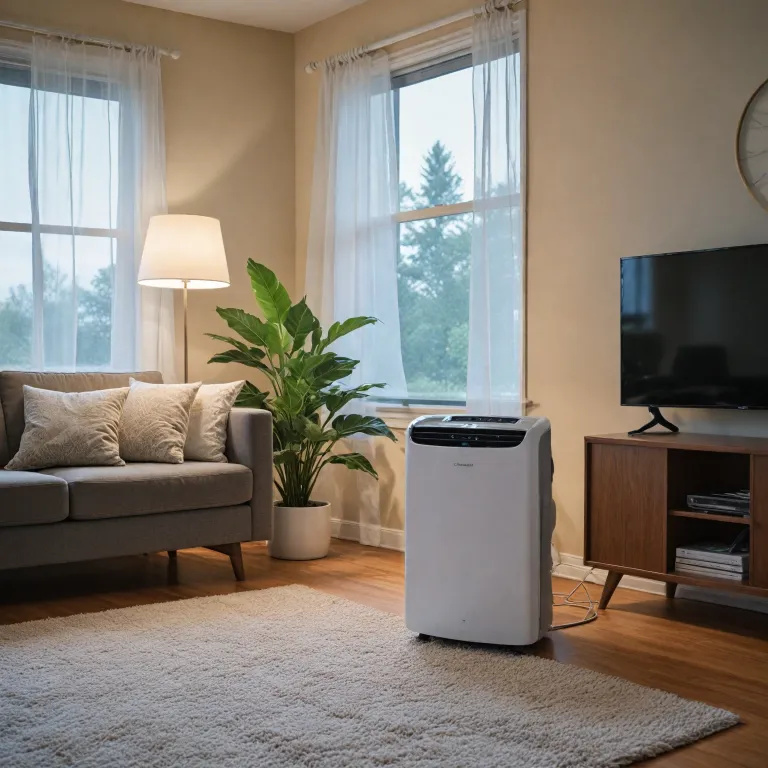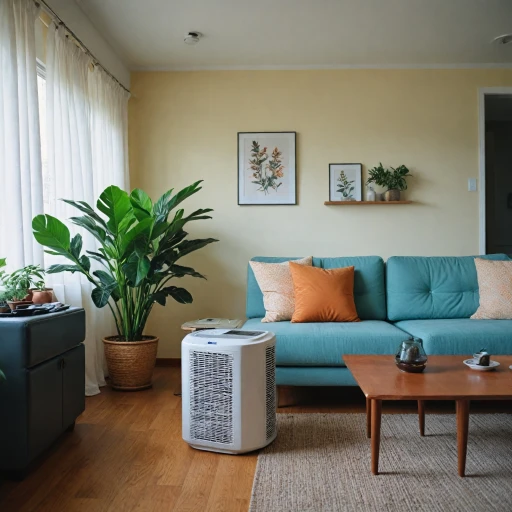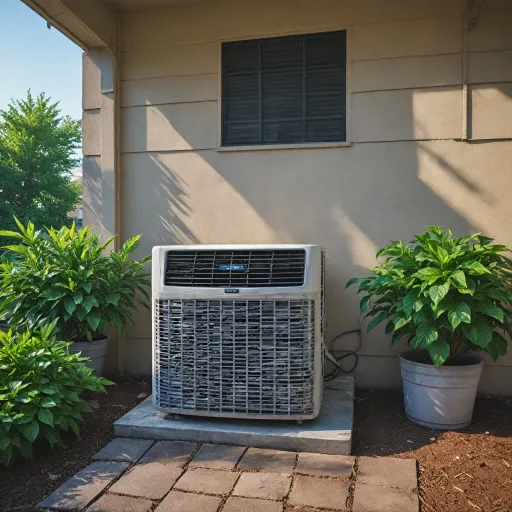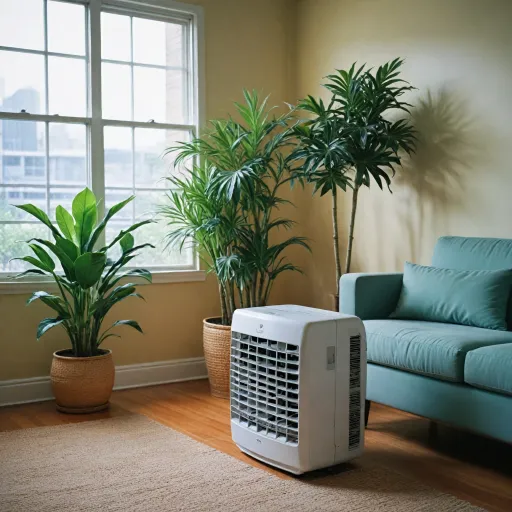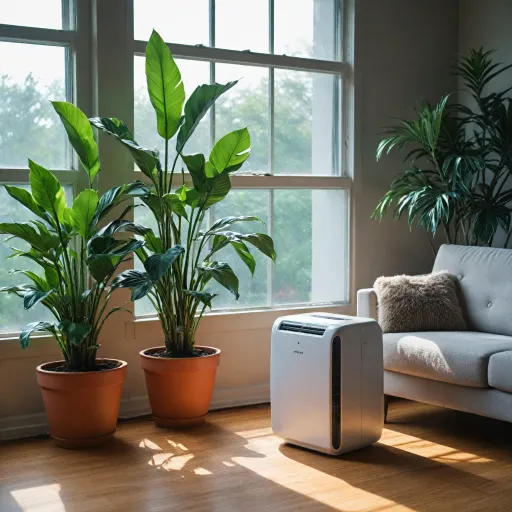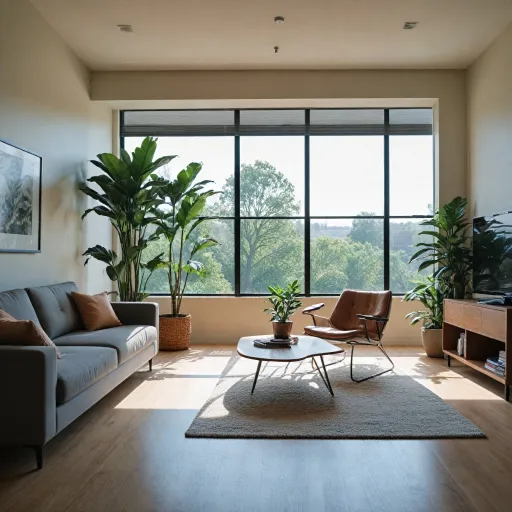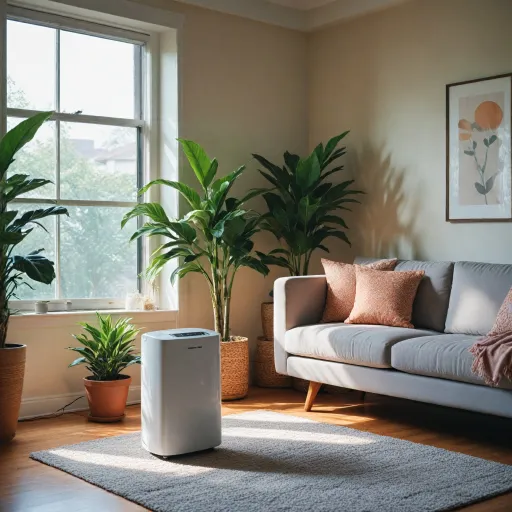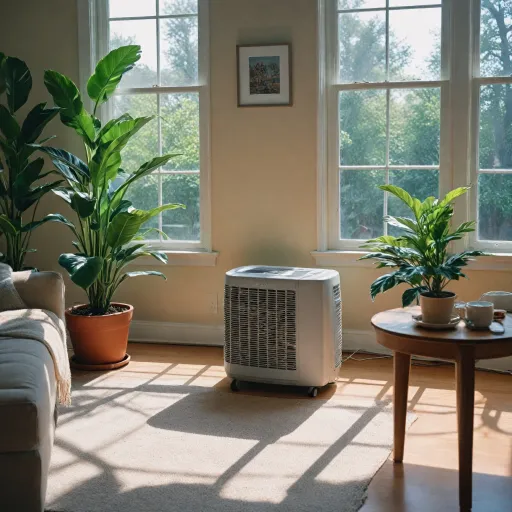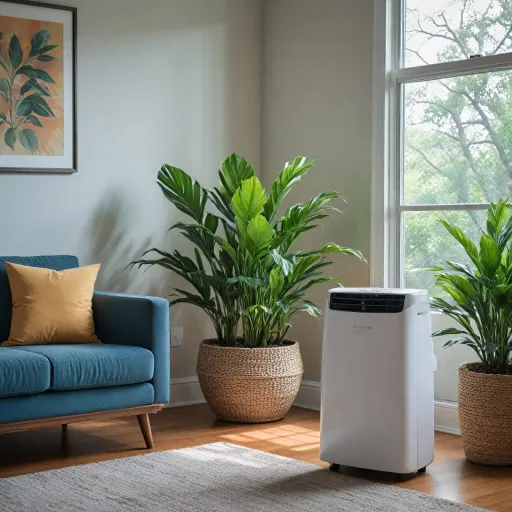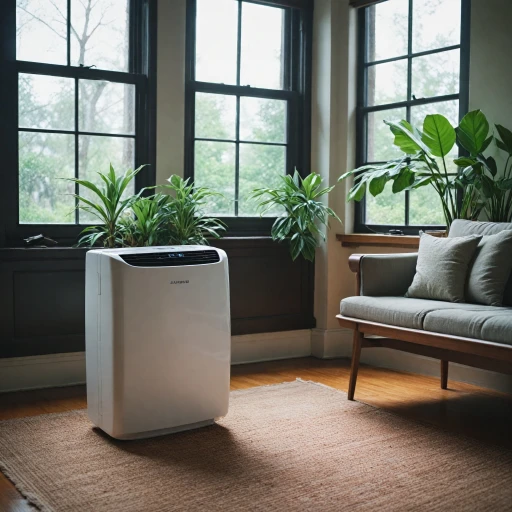
What Determines the Wattage of a Portable Air Conditioner?
Factors Influencing the Wattage of Portable Air Conditioners
Understanding the wattage of a portable air conditioner is crucial for evaluating its power consumption and efficiency. Various factors play a role in determining how many watts a unit will utilize, impacting both energy consumption and reliability.- Cooling Capacity: The primary determinant of a portable unit's wattage is its cooling capacity, usually measured in British Thermal Units (BTUs). High BTU air conditioners typically require more electrical power. Therefore, knowing wattage expectations is vital when choosing an efficient unit that matches your space's cooling needs.
- Energy Efficiency Rating: Efficiency ratings reveal the performance ratio between electricity consumed and cooling output. A unit with a high efficiency rating uses less power to deliver the same cooling effect, making it a better long-term investment.
- System Components: Portable air units differ in components like inverter systems and compressors, impacting the starting watts needed to power the system initially and the stable electricity consumption when running. Inverter technology, for instance, allows for more precise energy usage, potentially increasing efficiency.
- Backup and Power Sources: Another essential aspect is the source of electricity. Whether you use a portable generator or extend power via an extension cord, these choices affect power stability. Opting for a reliable power source ensures a smooth operation without excessive power surges.
Typical Wattage Range for Portable Air Conditioners
Understanding the Typical Energy Requirements
When considering a portable air conditioner, one important factor to keep in mind is its power usage. The wattage or energy consumption of these units can vary significantly based on several key factors. Understanding how many watts your portable unit uses is essential not only for predicting your electricity costs but also for ensuring your system's compatibility with your power supply, including extension cords and inverters.
A typical portable air conditioner generally ranges between 1,000 to 1,500 watts. However, some high-capacity units with greater cooling capacity might demand more power, running over 2,000 watts during operation. On the other hand, smaller units, or those with less capacity, might use fewer watts, offering a more energy-efficient option for those looking to minimize electricity consumption.
The running watts, which indicate the ongoing power requirement during use, differ from starting watts, which are the initial surge of power needed to start the air conditioner's compressor. This distinction is crucial when connecting your unit to an alternative power source, such as a generator or inverter.
To ensure you're equipped with the right setup, including choosing a suitable cable gauge for your portable air conditioning unit, it's important to account for these energy specifications. Such considerations ensure reliable and efficient functioning of the portable air conditioning system without exceeding your household power limitations.
Comparing Portable Air Conditioners to Other Cooling Options
Weighing Portable Air Conditioners Against Alternative Cooling Systems
When contemplating a shift to more efficient cooling solutions, it's essential to compare portable air conditioners with other systems such as central air conditioning, window units, and fans. This comparison hinges on understanding factors like power consumption, energy efficiency, and overall wattage. Central air conditioning units, while efficient at cooling large areas, typically require higher power and energy consumption. The starting watts for central systems are significantly greater, with an electricity usage that can strain your backup generator system if not sized properly. Window air units often serve as a middle ground. They generally operate within a moderate wattage range and offer reliability in cooling smaller spaces. However, the portability that portable units offer is unparalleled, making them convenient for localized cooling. Compared to fans, portable air conditioners consume more energy, as they incorporate a complex cooling system that provides actual temperature reduction rather than just circulating air. This power and consumption distinction is crucial if energy efficiency and lowering the running watts are your priorities. It's important to consider the energy efficiency rating of any cooling unit you choose, which translates directly into the cost of running the unit and impacts your overall efficiency. Regular maintenance and understanding the system's wattage can lead to better performance and reduced energy costs in the long run. For more information and guidance on choosing the right cooling solution, you can explore choosing the right 7000 BTU portable air conditioner for your space.Tips for Reducing Energy Consumption
Optimize Your Portable Air Conditioner Usage
Reducing the energy consumption of your portable air conditioner can significantly lower your electricity bills and enhance the efficiency of your cooling system. Here are some practical tips to help you achieve this:
- Regular Maintenance: Ensure your portable unit is well-maintained. Clean or replace filters regularly to keep the air flowing efficiently. A clogged filter can increase power consumption as the unit works harder to cool the air.
- Strategic Placement: Position your portable air conditioner in a location where it can cool the room effectively without obstructions. Avoid placing it near heat sources or in direct sunlight, which can increase the unit's wattage requirements.
- Use an Inverter Generator: If you're using a portable air conditioner in an area with unreliable electricity, consider using an inverter generator. This can provide a stable power supply, ensuring your unit runs efficiently without fluctuations in power consumption.
- Optimize Cooling Capacity: Choose a unit with the appropriate cooling capacity for your room size. An oversized unit will cycle on and off frequently, wasting energy, while an undersized unit will run continuously, consuming more electricity.
- Energy Efficiency Rating: Pay attention to the energy efficiency rating of your portable air conditioner. Units with higher ratings consume less power for the same cooling output, reducing overall energy consumption.
- Use a Programmable Timer: Set your air conditioner to operate only when needed. A programmable timer can help manage the running watts, ensuring the unit is not consuming electricity when the room is unoccupied.
- Seal Leaks: Ensure windows and doors are sealed properly to prevent cool air from escaping. This reduces the workload on your air conditioning system, lowering power consumption.
By implementing these strategies, you can enjoy the benefits of a portable air conditioner while minimizing its impact on your energy bills and the environment.
Understanding Energy Efficiency Ratings
Decoding Energy Efficiency Ratings
When it comes to portable air conditioners, understanding energy efficiency ratings is crucial for making an informed decision. These ratings provide insight into how effectively a unit converts electricity into cooling power, which directly impacts your energy consumption and costs.
Energy efficiency ratings are typically represented by the Energy Efficiency Ratio (EER) or the Seasonal Energy Efficiency Ratio (SEER). The EER is calculated by dividing the cooling capacity (in BTUs) by the power consumption (in watts). A higher EER indicates a more efficient unit, meaning it uses less electricity to achieve the same cooling effect. This can be particularly beneficial when comparing portable units to central air systems, which may have different efficiency standards.
Another important aspect to consider is the Energy Star certification. Units with this label meet strict guidelines set by the U.S. Environmental Protection Agency, ensuring they consume less power without sacrificing performance. This can be a reliable indicator of a unit's efficiency, helping you choose a model that aligns with your energy-saving goals.
Regular maintenance also plays a role in maintaining a unit's efficiency. Keeping filters clean and ensuring the system is in good working order can prevent unnecessary power consumption and extend the life of your portable air conditioner.
By understanding these ratings and maintaining your unit, you can optimize your portable air conditioner's performance, reducing both your electricity bills and environmental impact.
Calculating the Cost of Running a Portable Air Conditioner
Estimating the Cost of Operation
To get a clear idea of how much it will cost to run a portable air conditioner, you'll need to understand a few key factors: the unit's power consumption, the local electricity rates, and the unit’s efficiency rating. This involves knowing the wattage of the portable unit. 1. Calculate the WattageFirst, identify the specific wattage of your portable air conditioner. This can usually be found on the unit’s label or in the user manual. The wattage is an indicator of how many watts per hour (watts hour) the air conditioner consumes when operating. Lower wattage typically suggests higher energy efficiency. 2. Determine Local Electricity Rates
Check your electricity bill for the rate you pay per kilowatt-hour (kWh). This is essential for calculating operating costs. Keep in mind, rates can vary based on the time of day and season. 3. Calculate the Estimated Cost
Multiply the air conditioner's wattage by the number of hours you expect to use it daily, and then by the number of days in the month you plan to use it:
- Example: A portable unit with a 1000-watt rating used for 8 hours a day equates to 8000-watt hours (or 8 kWh).
- Example: If your rate is $0.15 per kWh, the daily cost for operation would be $0.15 x 8 = $1.20 per day.
Investing in a portable air conditioner with a good efficiency rating can further reduce power costs. Energy-efficient units often have features designed to optimize electricity consumption without compromising cooling capacity. By understanding the operational costs involved, users can make informed decisions about their cooling needs and potentially seek more energy-efficient solutions to manage consumption and associated costs effectively.
